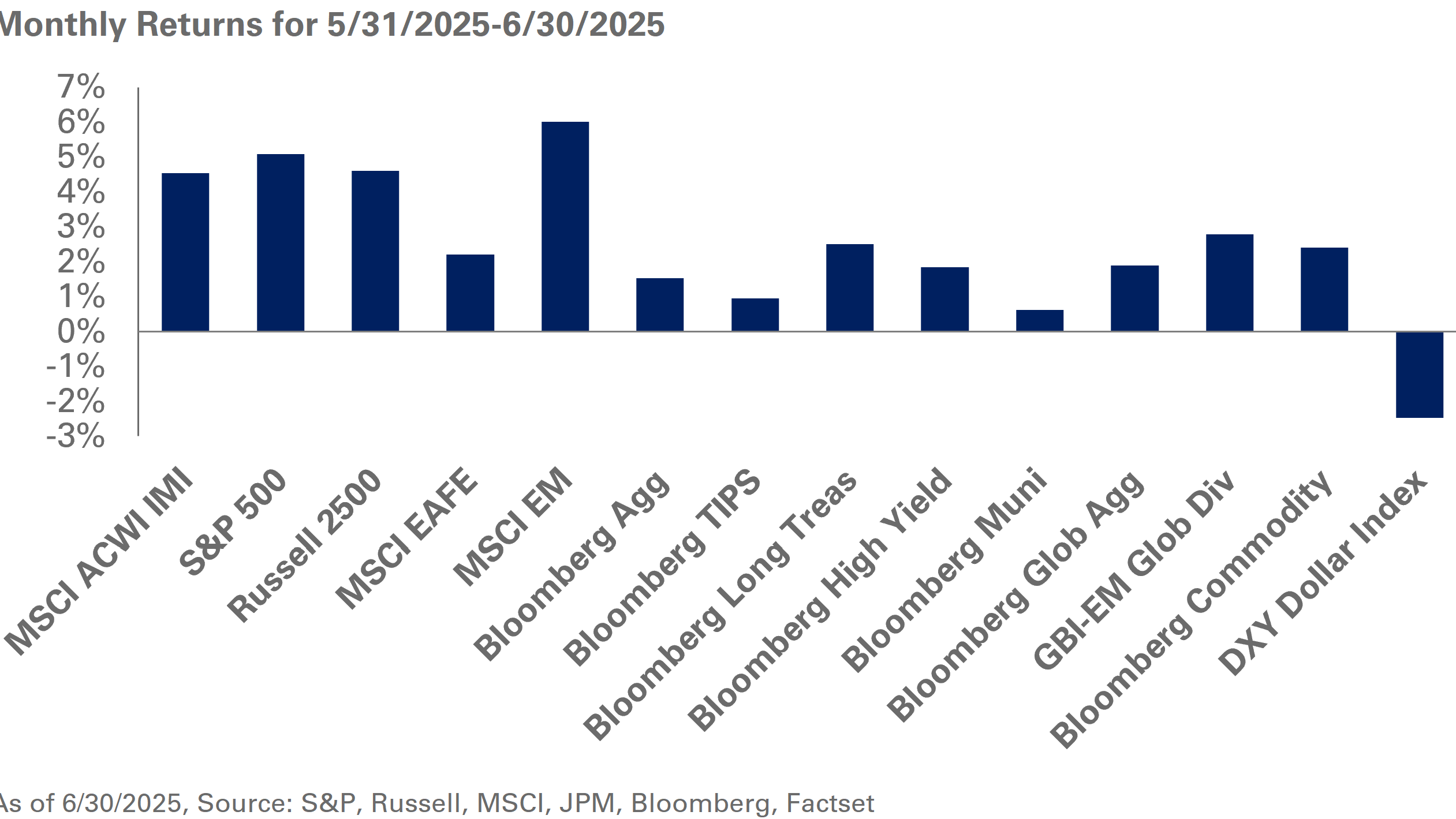With global markets in a tailspin as economies grapple with the novel Coronavirus (COVID-19) pandemic, the funded status of plans has declined.
Losses in equities have taken a bite out of returns, Treasury yields have plunged, and credit spreads have widened, likely leading to a decline in liability values. A sample plan with a discount rate of 2.94%, using the Citigroup AA curve (adjusted for daily proxy using the ML AA curve) at the beginning of the year, is now discounting liabilities at an effective rate of 3.45%, as of March 18; the Treasury part of that discount rate has fallen to 1.83% from 2.4%, while the spread component has risen to 1.62% from 0.49%.
At a time when volatility appears to be the only constant in capital markets, transaction costs are high and market liquidity is strained. To this end, our consultants can help you determine the cost-effectiveness and prudence of any move you may be contemplating making to your plan. We remain strong in our belief that maintaining a disciplined approach to your overall pension investment strategy remains pivotal to meeting long-term financial goals.
As the COVID-19 virus wreaks havoc, performance in fixed-income markets has diverged with Treasuries exhibiting strong gains and spread-based strategies slipping into the red as a result, plans are likely overweight fixed-income allocations compared to targets with a corresponding underweight to equities. Hedge ratios may also have drifted from target amid lengthening duration, especially for plans holding extended-duration (STRIPS) assets relative to liability-duration movement.
Below are some considerations for plan sponsors given the current market environment and uncertain outlook:
- Maintain hedging program and rebalance hedge ratios back to target: We recommend clients assess the impact of recent market movements on hedge ratios. While interest rates have reached all-time lows and funded status may have declined, we believe maintaining duration still makes sense as part of a pension risk-management strategy. Pension liabilities have positive convexity, which would magnify the impact on funded status if interest rates dipped lower.
- Consider shifting a portion from STRIPS and long Treasuries to long credit if hedge ratio allows: Treasury-based investments have built sizeable gains as rates have declined, while long credit has underperformed. Spreads have widened over the course of the year and the ratio of spreads-to-yields has increased, underscoring the attractiveness of credit over Treasuries on a relative basis. We believe this may be an opportune time to trim gains from Treasuries and re-allocate the proceeds to long credit if this does not result in the hedge ratio being underweight relative to ranges of hedging tolerance.
- Raise cash for benefit payments: It is prudent to have at least a couple of months of benefit payments on hand as market liquidity remains uncertain. The trading environment is experiencing wide bid-ask spreads, resulting in unusually high transaction costs. We recommend clients allow managers some flexibility as they seek best execution when liquidating assets.
- Strategically rebalance back towards equity targets: Plans may be underweight return-seeking assets due to the widespread selloff in equities. We recommend clients consider rebalancing towards equity targets by harvesting gains in fixed-income investments and redeploying those into stocks where appropriate.
Please get in touch with your plan’s consultant to determine if some of these considerations are suitable for your plan.



